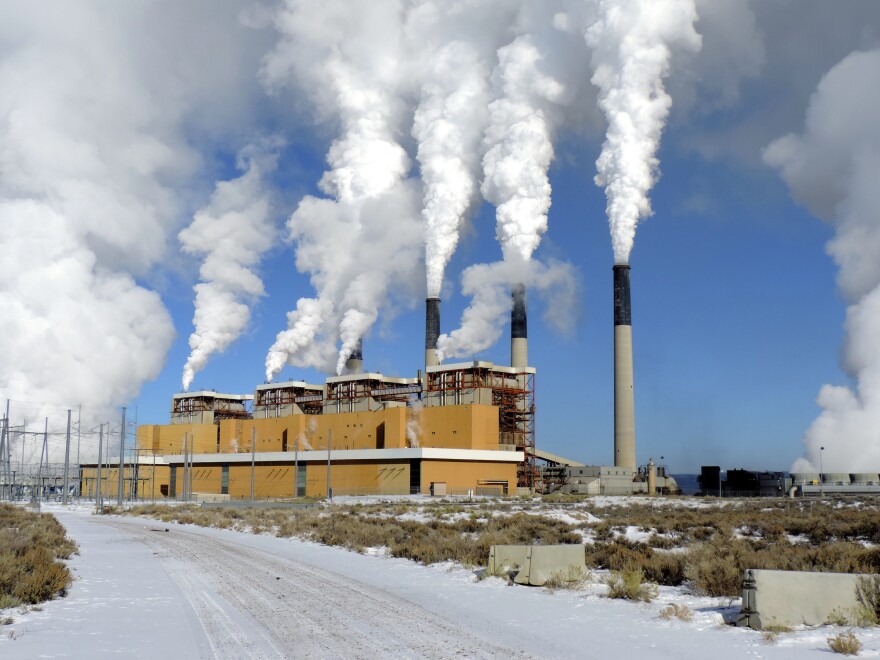The Environmental Integrity Project and Earthjustice evaluated 292 coal plants and found that 265 of them have coal ash ponds and landfills leaking toxic metals like arsenic and lead into groundwater.
What’s more, only 11 of the sites have committed to some kind of groundwater treatment, such as adding pipes, drainage systems and pumps to remove contaminated water.
The advocacy groups published their findings on Thursday in a report called “Poisonous Coverup: The Widespread Failure of the Power Industry to Clean Up Coal Ash Dumps.”
Coal ash is the toxic waste left after burning coal for electricity. While coal consumption has declined, the report says the industry continues to produce about 70 million tons of coal ash every year.
Nevada’s home to what the report ranks as the nation’s second-most contaminated site – NV Energy’s retired Reid Gardner plant northeast of Las Vegas. There, lithium levels in the groundwater are 243 times greater than what’s considered safe by the EPA, and arsenic concentrations are 121 times greater. According to the report, NV Energy’s lack of monitoring and cleanup is in violation of the federal Coal Ash Rule.
In Wyoming, two PacifiCorp plants – the Naughton plant near Kemmerer and the Jim Bridger plant near Point of Rocks – rank as the third- and fourth-most contaminated sites. PacifiCorp plans to close only a portion of the waste ponds at each site, and currently has no plans to clean up the ash landfills, the report notes.
Abel Russ, a senior attorney with the Environmental Integrity Project and co-author of the report, said the impacts of coal ash contamination are severe.
“One by one, these groundwater aquifers are going offline, and they’re not going to be usable for drinking water for a very long time, until the groundwater fades away – which, according to EPA modeling, can take hundreds of years or even over a thousand years,” said Russ, noting that ash dumps disproportionately threaten low-income neighborhoods and communities of color.
Other highly polluting coal plants are scattered throughout the Mountain West. A PacifiCorp operation southeast of Salt Lake City is ranked as the ninth-most contaminated site, and the Four Corners Power Plant near Fruitland, N.M., ranks No. 19. Also ranking in the top 50 are three plants in Colorado, two in Utah, and Arizona’s Cholla plant and Montana’s Colstrip plant.
The report highlights the failure by most power companies to follow the Environmental Protection Agency regulations governing coal ash disposal. The primary goals of the Coal Ash Rule, established in 2015, were to stop the continued dumping of ash in leaking ponds and landfills, clean up contaminated sites, and restore groundwater quality.
Report authors say the industry is skirting most of these rules by manipulating data and monitoring systems to avoid costly cleanups.
This story was produced by the Mountain West News Bureau, a collaboration between Wyoming Public Media, Boise State Public Radio in Idaho, KUNR in Nevada, the O'Connor Center for the Rocky Mountain West in Montana, KUNC in Colorado, KUNM in New Mexico, with support from affiliate stations across the region. Funding for the Mountain West News Bureau is provided in part by the Corporation for Public Broadcasting.
The photo included in this story is licensed under Flickr Creative Commons.
Copyright 2022 KUNR Public Radio. To see more, visit KUNR Public Radio. 9(MDAxNDQ2NDAxMDEyNzU2NzM2ODA3ZGI1ZA001))



